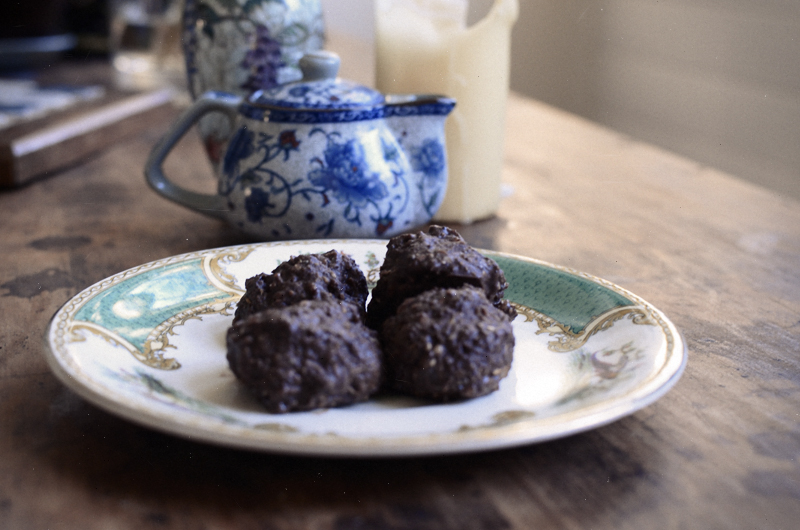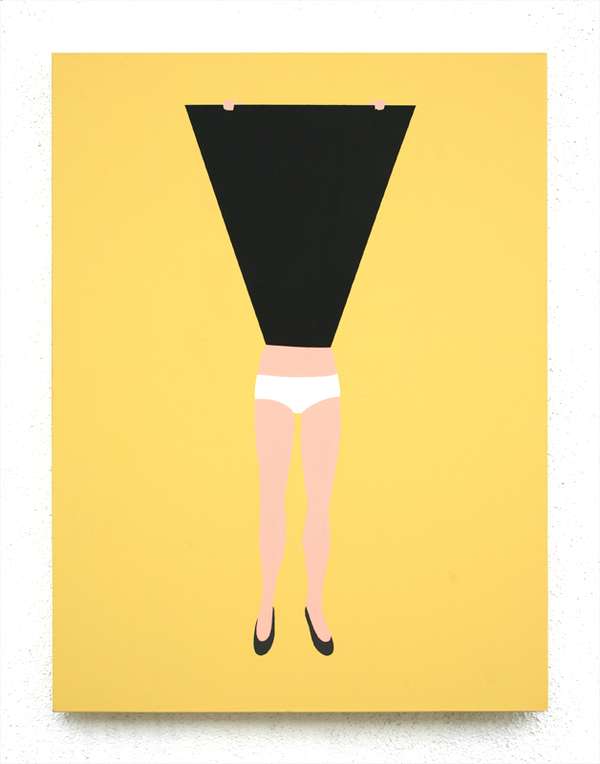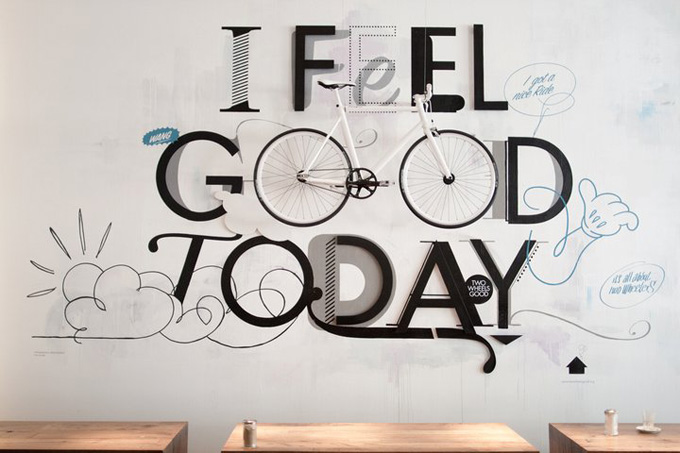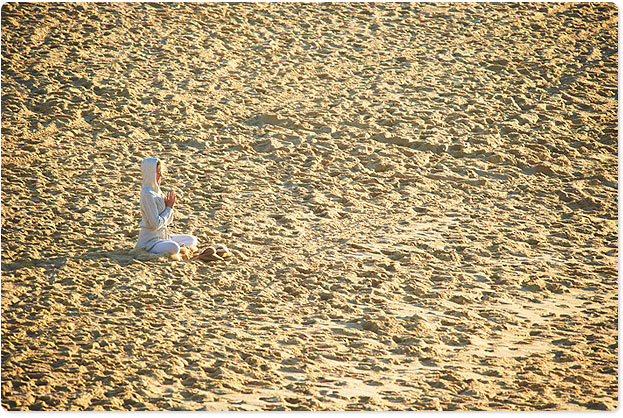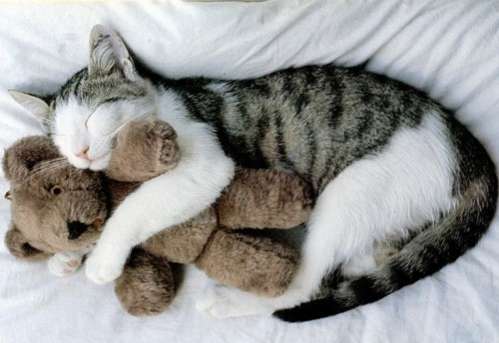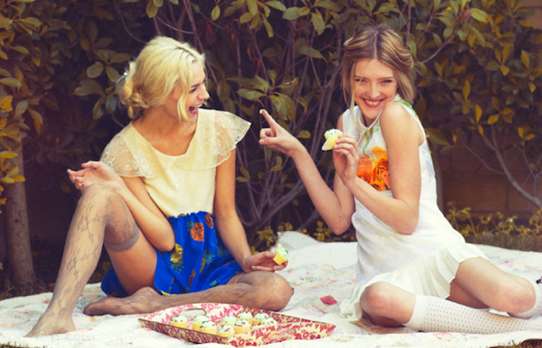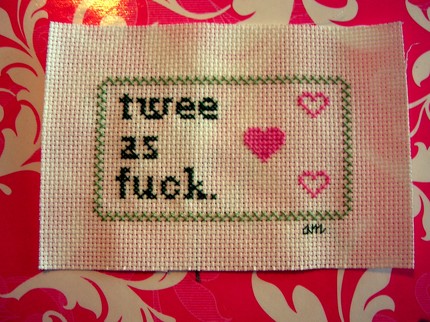Over the weekend, my partner in “Sunday mornings on the deck eating eggs + reading the papers” crime Lizzie and I made nutballs. This is them…
Three things you need to know:
1. These balls of goodness are so healthy and anti-oxidising that you can eat them for breakfast. And just to test the theory, I did so this morning.
2. They are not addictive and you won’t eat the whole lot in one sitting. How so?
They contain ZERO sugar
They are rich in good fats that fill you up pleasantly and fast. Seriously, no desperate hankerings afterwards.
3. Lizzie and I are the two most impatient women on the planet: we whizzed these together in three minutes, including the taking of pretty pictures.
my sugarfree nutballs
- half a jar of almond spread
- 250g or so of organic nuts. We used almonds, brazil nuts and walnuts for their hormonally healthful properties. We tried using a stab-mixer, but it turned them into a powder, so promptly switched to a large food processor).
- 1/2 cup of raw cacoa powder (to taste)
- 2 big handfuls of shredded coconut
- 1/2 a stick of organic salted unadulterated butter. Or use the whole packet (200-250g) if you don’t have coconut oil.
- 4-5 heaped tbls of coconut butter (coconut oil)
